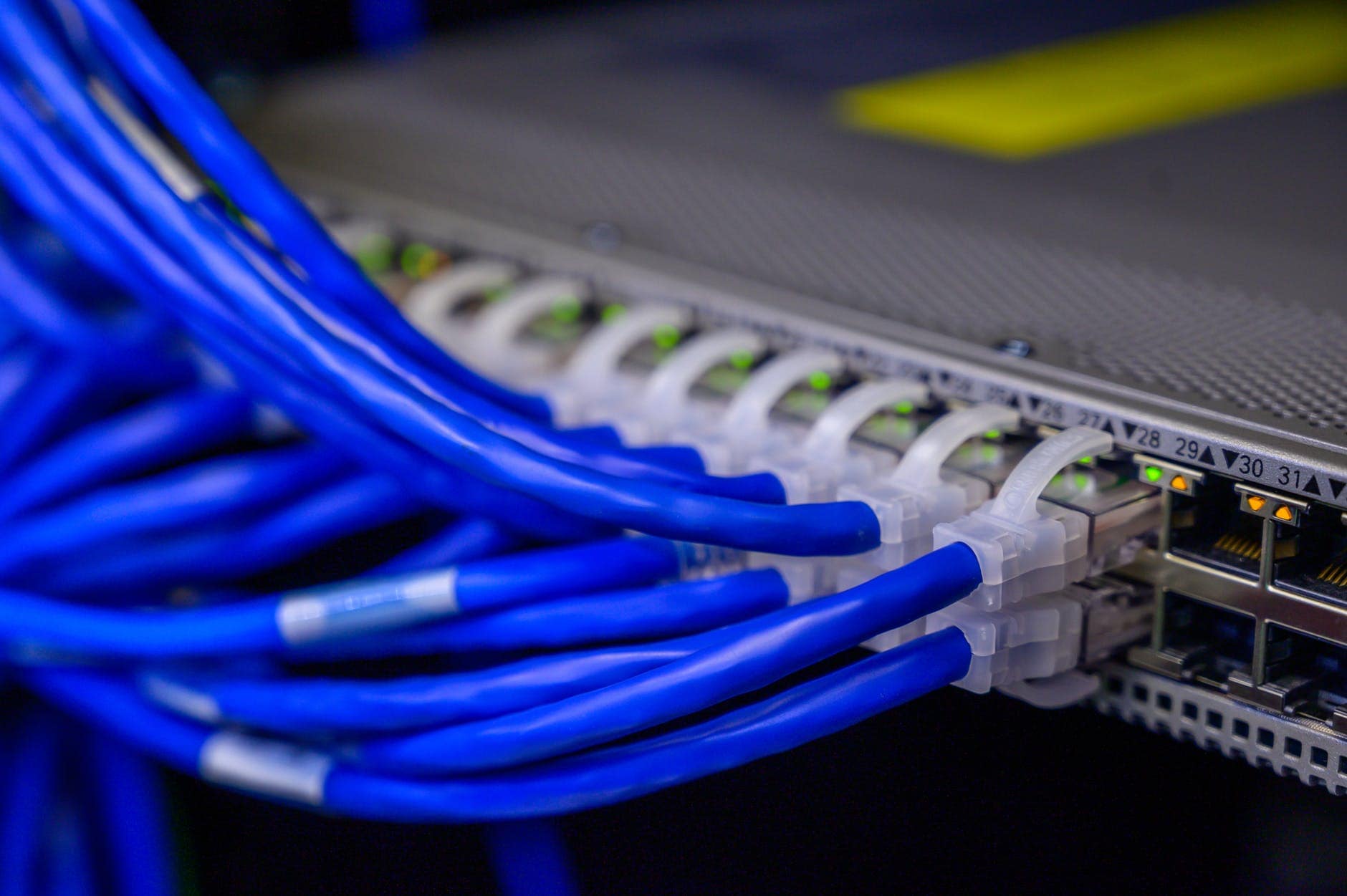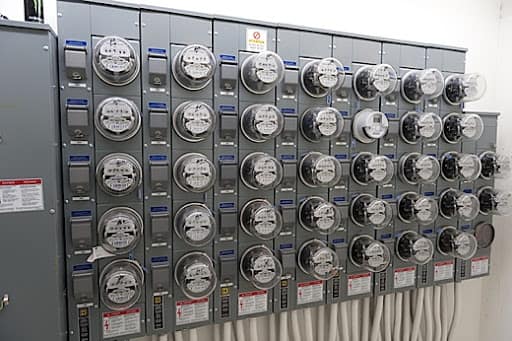The science on Electromagnetic Frequencies (EMFs), invisible waves emitted from electronics, is concerning. The International Agency for Research on Cancer (IARC) and the World Health Organization (WHO) both classify EMFs as “possibly carcinogenic to humans.” But for those who are skeptical, in denial, or just living their best “YOLO” life, I present you with three easy “no brainer” strategies for reducing EMFs in your home. In other words, even if you think EMFs increase your chances of cancer by 1%, these strategies are so simple and convenient, they’re still worth your time.
1.) Use incandescent bulbs
The video above demonstrates that spiral CFL light bulbs emit more EMFs than incandescent bulbs. CFLs are touted as being “green” because they use less electricity. However, they also contain mercury, according to the package, and most people don’t recycle properly, so mercury from CFLs is getting into landfills. I don’t know about you, but Mercury in landfills isn’t my definition of “environmentally friendly.” If you’re thinking, “But Tony, now my electricity bill is going to go up,” tip #2 below will more than offset the cost.
2.) Uplug your WiFi at night
Unless you’re downloading music at night like it’s 1999, you’re probably not actually using your Wifi router at
night. But when you leave it plugged in, it’s emitting EMFs as you sleep. It takes only a flick of the wrist, less than 3 seconds, to unplug your WiFi at night. Why not do that to reduce your chances of getting cancer while you sleep? If you sleep for 8 hours a night, that’s 2,920 hours a year you’re sparing your cells and your brain of EMFs. If you choose to take things a step further, you could also unplug your WiFi during the day when you’re home and not using it. As an added bonus, you’re going to save a bit on electricity as well.
As a potential added bonus, you might find yourself getting better sleep as preliminary research suggests that increased EMFs may decrease our quality of sleep.
If you unplug your WiFi at night, and sleep 8 hours a night, that’s 2,920 hours a year you’re sparing your body of absorbing EMFs, or to put it another way, that’s nearly 3,000 hours you’r allowing your body to recover from EMF absorption.
3.) Rearrange furniture
If you want to reduce EMF exposure in your home, think intentionally about the biggest sources of EMFs (WiFi routers, smart meters outside your home, where you charge your cell phone) and how close they are to where you spend most of your time.
For instance, move your WiFi router further away from your bed or couch. If you don’t have a headboard on your bed, then moving the head of your bed an inch or two away from the wall will decrease exposure as well as there are EMFs in your walls from electrical wires as well. If you live in an apartment complex and there is a wall of smart meters on the building outside of your home, you definitely do not want your pillow on the other side of that wall because smart meters register high with EMFs but they also “pulse” sending high amounts of data back to your electrical company every few seconds.
You can reduce your exposure to cell phone EMFs by keeping your cell phone in the next room instead of under your pillow. A government study suggested cell phone talking created clear increased glucose metabolism in the brain which is a concern because brain tumors utilize excessive amounts of glucose to grow.
For a health tip on another easy way to reduce your chances of getting cancer, click here.
Sources: Dr. Michael Kundi, at the Medical University of Vienna, Austria; Journal of the American Medical Association (2011) Volkow, N.D; IARC/WHO Joint Press Release, 2011; https://www.iarc.fr/wp-content/uploads/2018/07/pr208_E.pdf; Barsam T, Monazzam MR, Haghdoost AA, Ghotbi MR, Dehghan SF. Effect of extremely low frequency electromagnetic field exposure on sleep quality in high voltage substations. Iranian J Environ Health Sci Eng. 2012;9(1):15. Published 2012 Nov 30.



